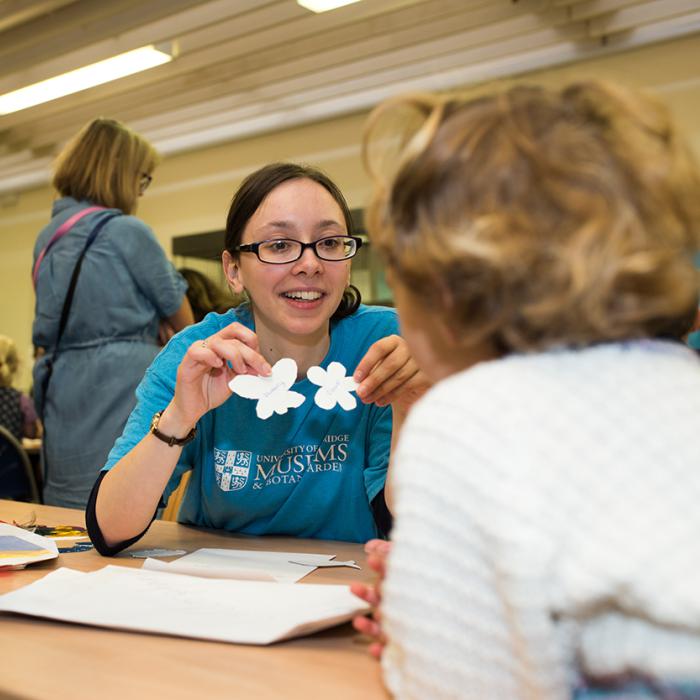November is an irresistible time to turn our attention to our native trees. At this time our broad-leaved trees have just lost their blaze of colour and the conifers stand out in majestic contrast. But by late November we can no longer rely solely on the foliage and fruits, we must now look to twig formation and winter buds to help us identify these important members of our natural heritage.
Travelling through the seasons we will explore the history, folklore and culture of three wild plants in bloom (or at least in foliage!) that month. The session will encourage you to search out plants in all seasons and enjoy the history in folklore and culture, and their use for medicines, cooking as well as the many and varied traditional names which help us trace that history.
Heaths are amongst the most threatened habitats in lowland Britain. Treatment with lime and fertilisers has eliminated heathland from counties such as Cambridgeshire, though significant areas survive in Breckland and in Bedfordshire. The course will look at local heaths and compare them with more extensive examples in the north and west of Britain. It will introduce the flowers of heathland and how heaths are shaped by climate and management.
Right plant, right place… we’ve all heard that before right? But what does it mean and how can we achieve it in our own gardens? Join Paul Herrington for an informal, relaxed morning session. You’ll go away with a greater understanding and appreciation of micro-climates, soil types, plant choices and planting styles. And have a clear framework how to apply all of this to your garden borders whatever their size, and wherever they may be. NB this is a core component of my longer garden design courses.
- Read more about ONLINE COURSE Three wild flowers of the month: Identification and folklore – October
Travelling through the seasons we will explore the history, folklore and culture of three wild plants in bloom (or at least in foliage!) that month. The session will encourage you to search out plants in all seasons and enjoy the history in folklore and culture, and their use for medicines, cooking as well as the many and varied traditional names which help us trace that history.
This workshop will introduce participants to the simple technique of Drypoint Etching and Chine Collé using the rich collection of botanical specimens, found objects and wildlife in the Botanic Garden as inspiration. Drypoint is the simplest and most direct form of intaglio fine art printmaking.
Drawing inspiration from landscapes in the Botanic Garden, we will adapt a sketch or photograph and transfer your image for a linocut. Using the ‘reduction process’ we’ll create a layered image using two sets of autumnal colour palettes.
Day 1
A colour workshop to create a plant-based watercolour–gouache paint using three historical dye plants: Madder (Rubia tinctoria) – red, Weld (Reseda luteola) – yellow and Woad / Indigo (Isatis tinctoria / Indigofera tinctoria) – blue. Participants will understand the basic theory of the making processes and knowledge of growing the plants to store for paint production. The course will also explore examples of art and textiles that have utilised these three colourants over the centuries in different cultures and how org
Developing and extending your watercolour technique, John Wiltshire will demonstrate some interesting approaches to watercolour composition, paint texture and effects which will extend and inform your own painting in the garden.
Suitable for those with some watercolour experience
Travelling through the seasons we will explore the history, folklore and culture of three wild plants in bloom (or at least in foliage!) that month. The session will encourage you to search out plants in all seasons and enjoy the history in folklore and culture, and their use for medicines, cooking as well as the many and varied traditional names which help us trace that history.

